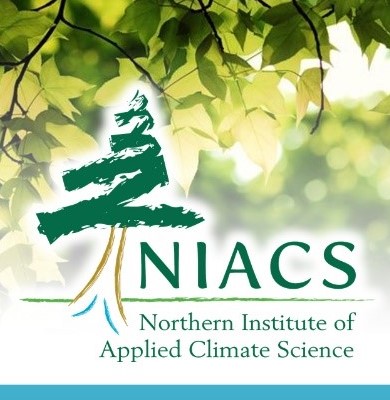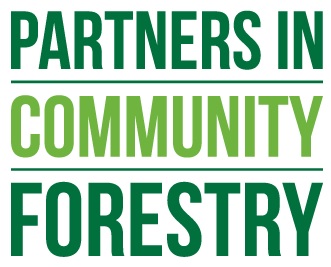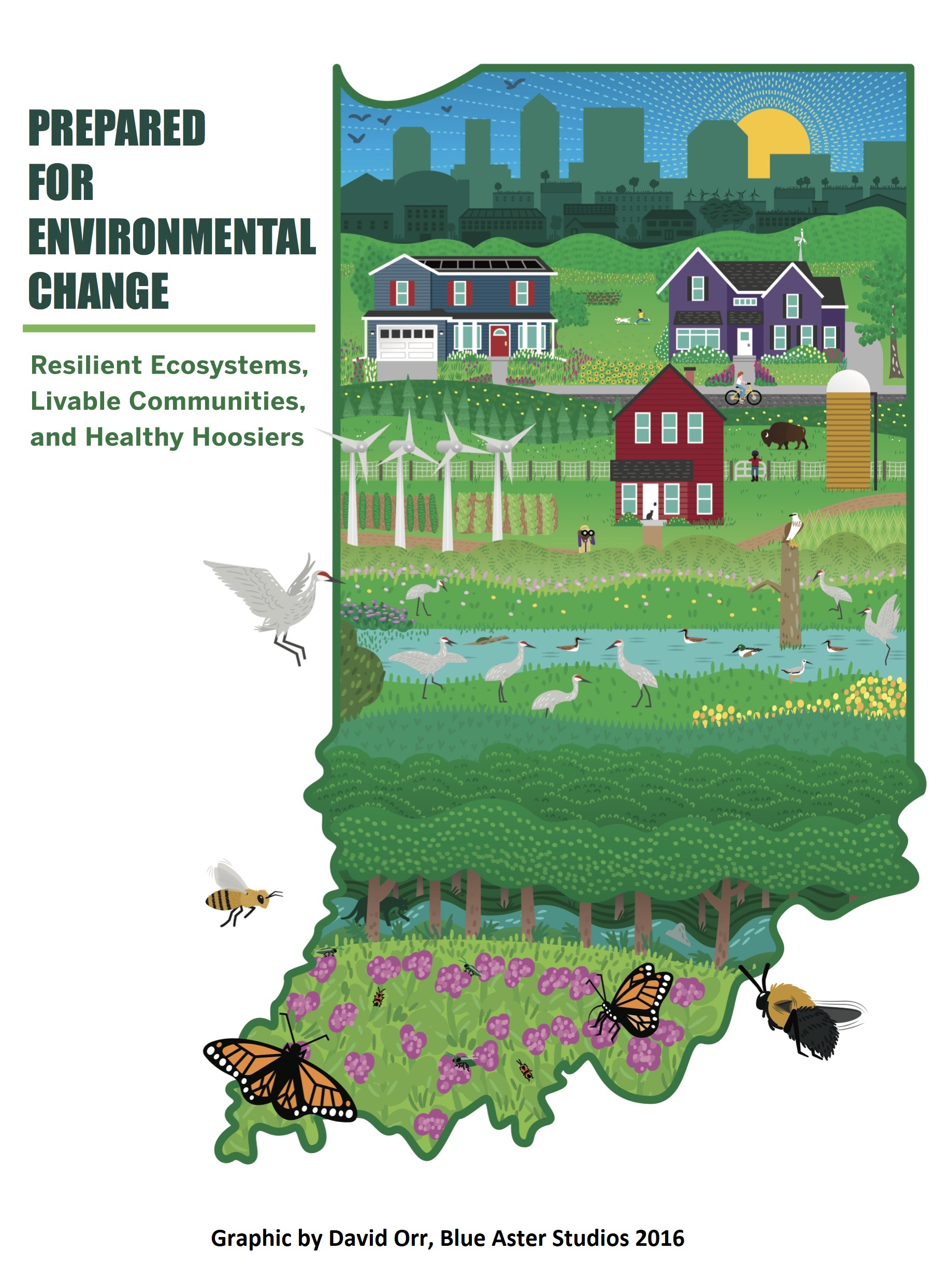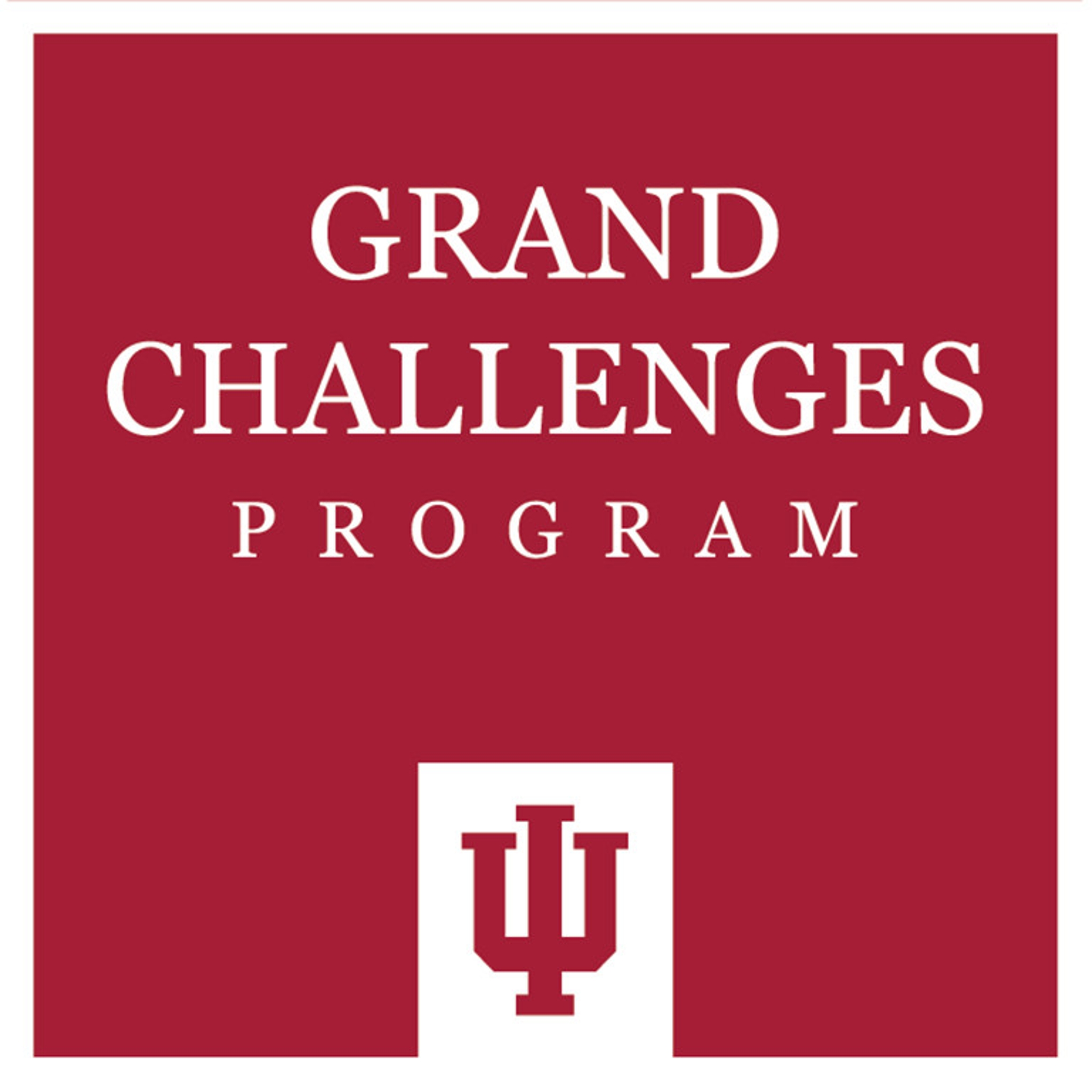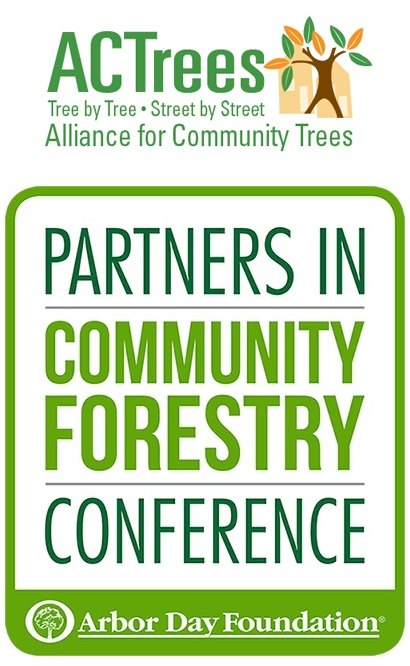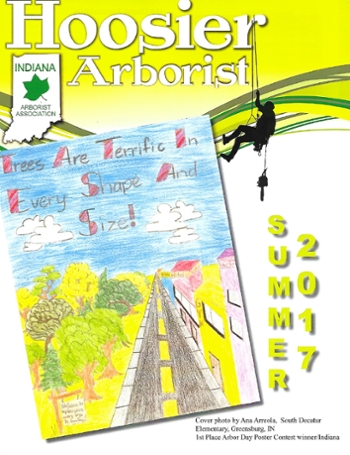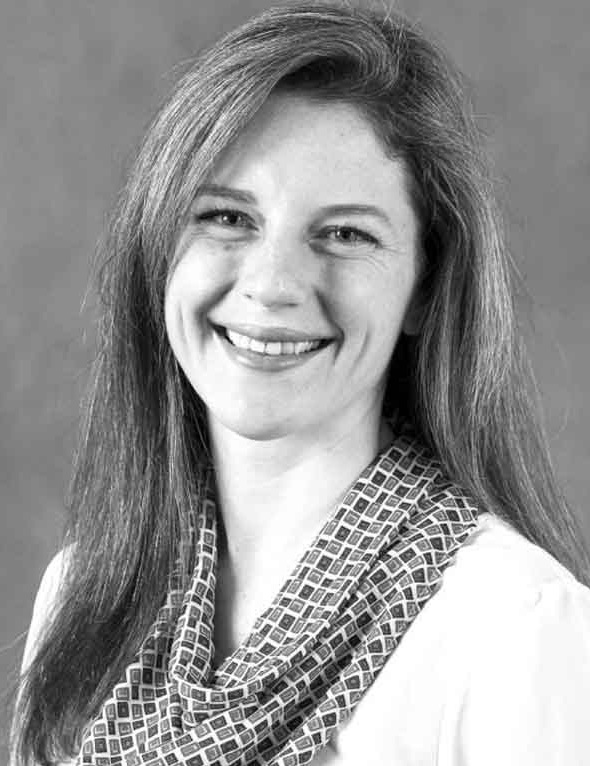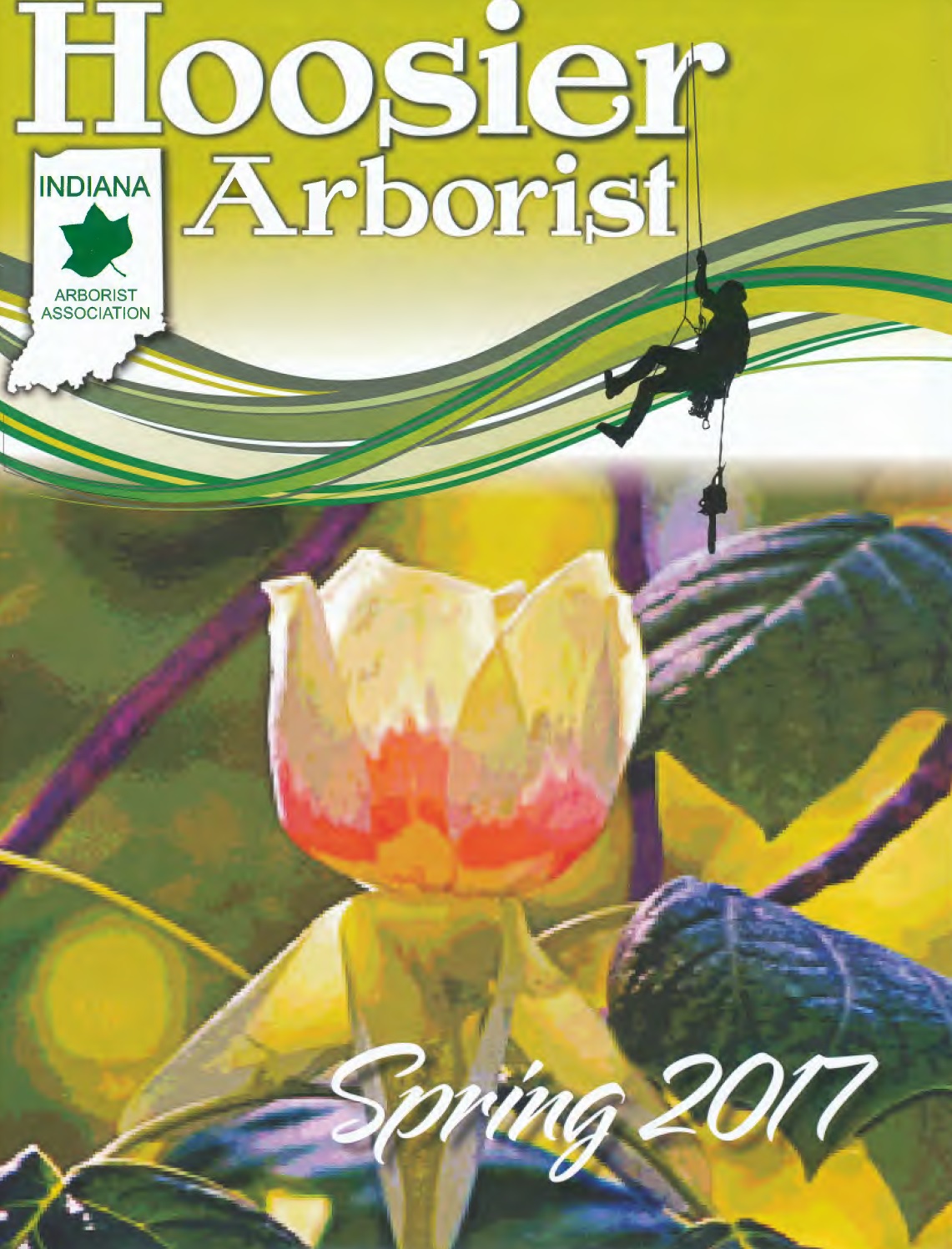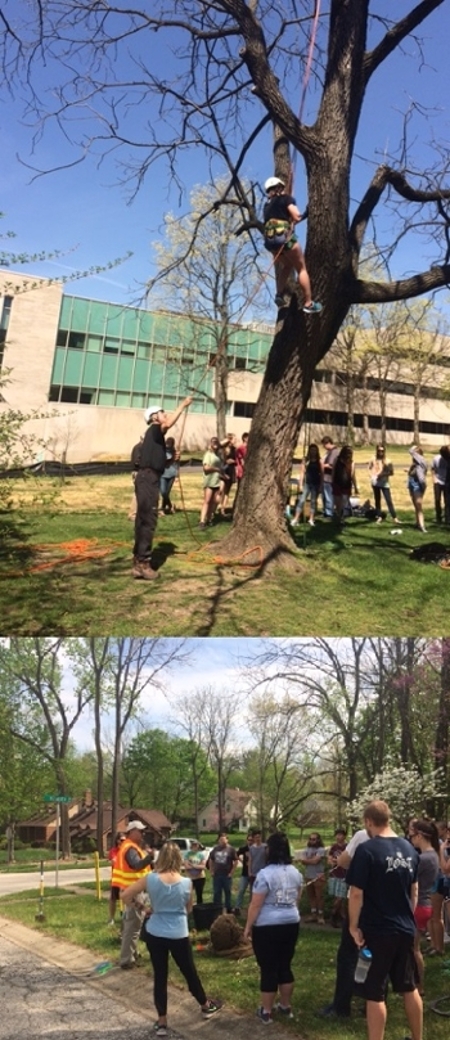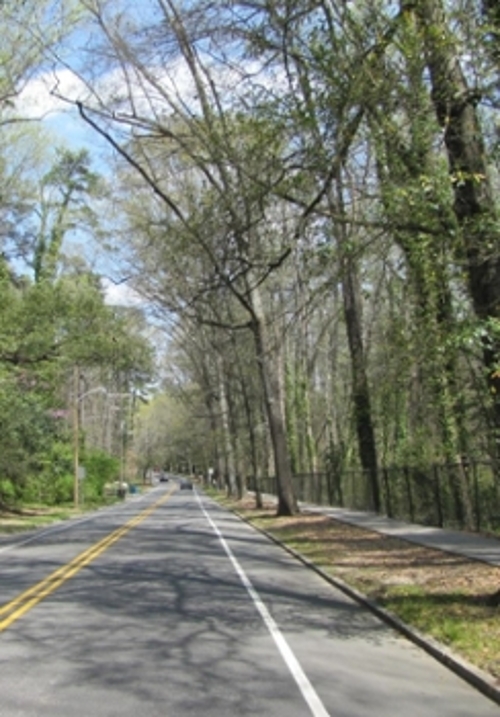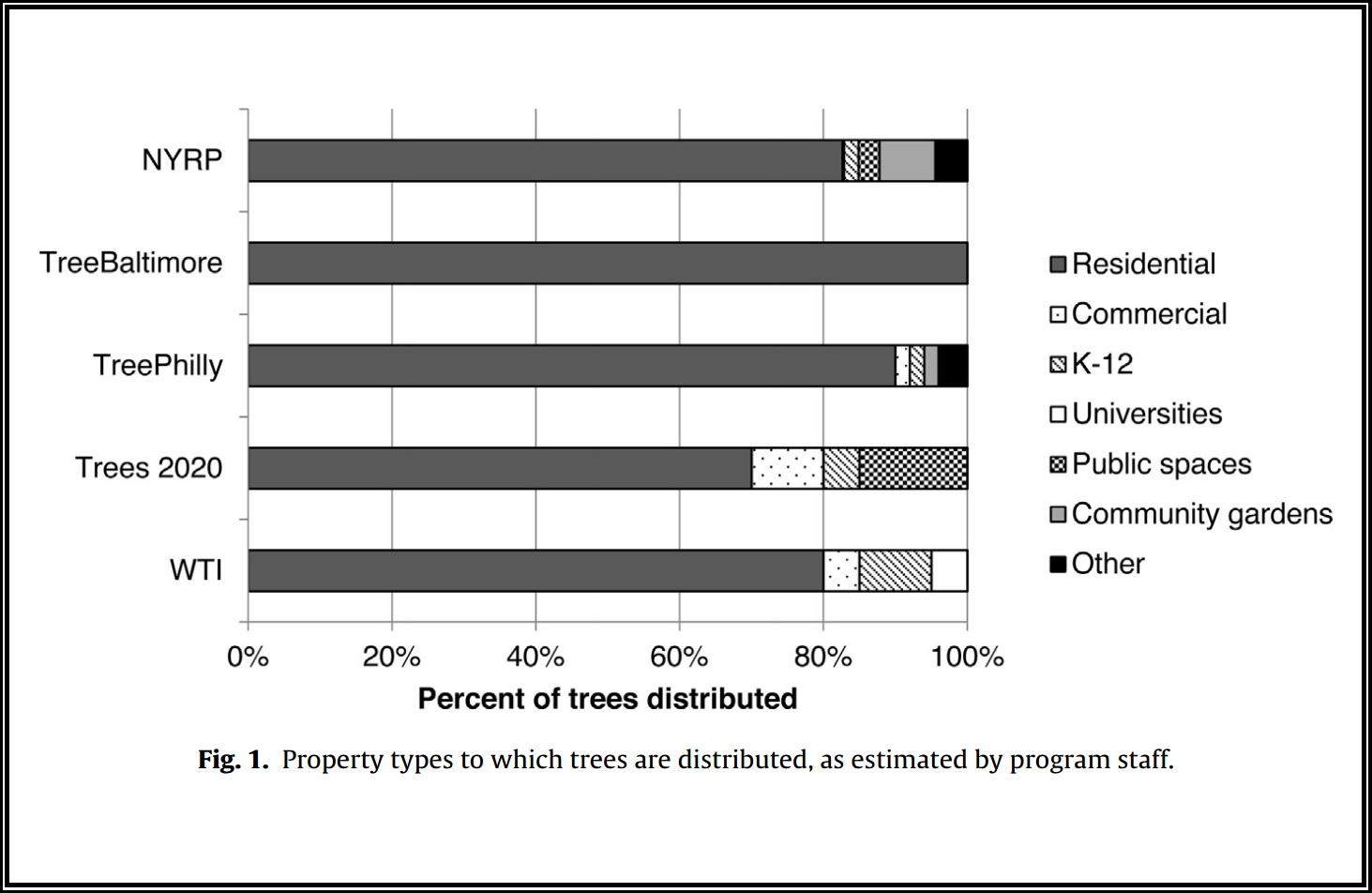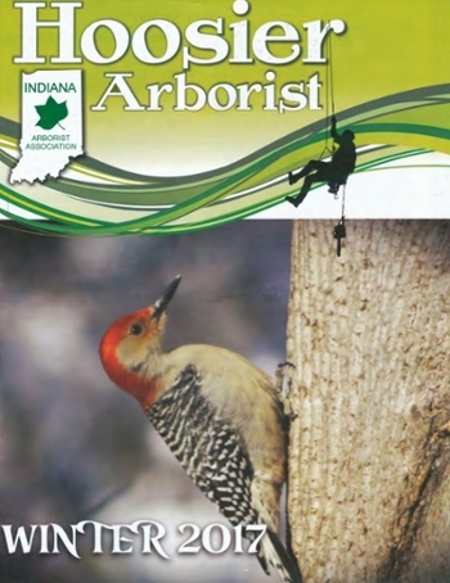NOVEMBER 2017:Fischer Brings Perspectives on Recruitment and Ecology to Urban Forest Professionals
Dr. Burney Fischer successfully presented lightning round presentations at both the Alliance for Community Trees and Urban Partners Conferences in November in Tulsa, OK on November 14-15. Presenting "Connecting a Non-Forestry School Urban Forestry Course to Urban Greening Nonprofits" at the Alliance for Community Trees provided insights to urban green nonprofits on the limitations of forestry schools to provide meaningful numbers of urban forestry students for internships/full-time positions. The alternative is reach out to attract students from the much broader range of programs in environmental science/studies, etc. Dr. Fischer provided examples of the variety of interactions by Keep Indianapolis Beautiful with Indiana University’s School of Public and Environmental Affairs course in urban forest management, including classroom presentations, class projects, case studies and even on-going research. This provided context to attendees on how they can connect with the enrolled students as volunteers, interns, and full-time employees, and how urban greening nonprofits can interact with university faculty.
Dr. Fischer also presented "The Great Urban Disconnect between Ecologists and Foresters" to the Partners in Urban Forestry Conference on November 15. The theme of the lightning round presentation was the struggle to find common ground between urban ecologists (who work in traditional theory) and urban foresters (who work in management), and the need for this type of discussion to commence at the local, city level where both are likely to be doing their work very separately from each other. Urban ecologists speak of doing their work “in”, “of” or “for” the city, and the presentation used these lenses to connect to arborists and urban forestry professionals who unknowingly use the same approach – from single trees in the city, to street tree/canopy inventories of the city, to management of the urban forest for its many environmental services. The presentation was very well received and drew interest to our publications on the subject (e.g. See 2017 Indiana Arborist Newsletters – Winter, Spring and Fall).


